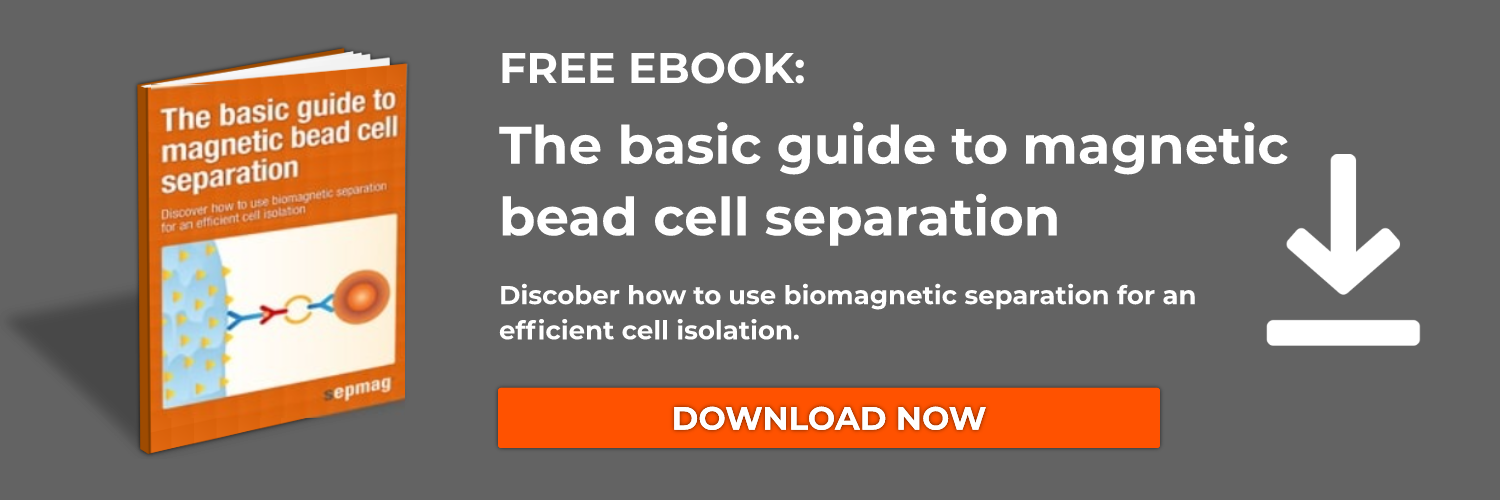The safety and effectiveness of employing magnetic nanoparticles in environmental applications has been the subject of a number of recent studies. Subsequent findings have highlighted the advantages of utilizing nanoparticles for protocols such as wastewater treatment and contaminant removal. At the same time, researchers have underlined the need for comprehensive testing in order to minimize the possibility of toxicological effects and ensure biocompatibility.
Factors Affecting the Performance of Magnetic Nanoparticles
Iron-based nanoparticles, e.g., zero-valent iron (nZVI), magnetite (Fe3O4) and maghemite (ɣ-Fe2O3), are among those most commonly considered for water treatment applications. The reducing properties of iron, for instance, make nZVI a good candidate for degrading contaminants. More commonly, particles are used to remove pollutants through physical or chemical adsorption and co-precipitation.
Adsorption can be affected by a number of factors. Oxygen present in the air or in water can oxidize the iron in nZVI particles, for example, decreasing their efficiency. Binding can also be affected by pH and the presence of competing chemicals such as electrolytes in the medium. Coating the particles with an organic layer, such as silica, can help limit the effects of environmental factors on the particles’ binding capabilities.
The performance of magnetic nanoparticles can be also be adversely impacted by intrinsic factors such as size and concentration. While smaller particles have a higher binding capacity, they also have a higher tendency to aggregate, resulting in decreased contaminant removal. A similar effect is seen with concentration. A higher concentration confers a higher surface area for binding, but increases the likelihood of particle interactions. The efficiency of the particles can be increased by coating the surface with modifiers that inhibit particle-particle interactions by steric or electrostatic means. It’s important to note, however, that environmental conditions such as pH can potentially interfere with these surface modifiers. Surface coatings can also limit contaminant binding and ensure the formation of reversible bonds, increasing particle reusability.
Toxicity Concerns Associated with the Use of Magnetic Nanoparticles
An understanding of how particles interact with and alter their environment is essential in order to address increasing public health concerns. The size and reactivity of magnetic nanoparticles make them a potential environmental hazard. As such, a number of studies have been carried out to understand the associated biological effects.Particle size and shape are important determinants of biocompatibility. Smaller particles are more likely to interact with or be taken up by cells. Adsorbed particles can have a number of toxic affects on a cell membrane, from blocking channels to altering membrane structure. This can be limited by applying rod-shaped particles, which have a lower uptake rate than their spherical counterparts.
Surface coatings can also limit cytotoxicity by inhibiting the particles’ ability to come into cellular contact. However, a closer examination of all the possible variables is required in order to fully determine the potential environmental effects of magnetic nanoparticles.An in-depth review of the relevant factors associated with employing magnetic particles in wastewater remediation applications can be found in “Magnetic nanoparticles: Essential factors for sustainable environmental applications,” published recently in “Water Research.”
Related news:



